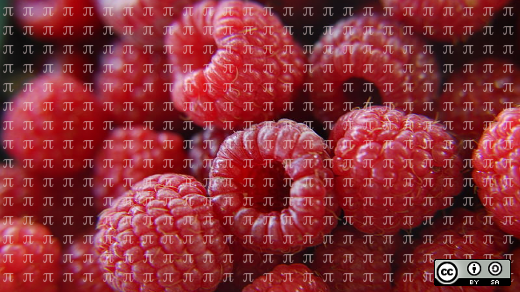If you're interested in open hardware, this one has been hard to miss: this week, the Raspberry Pi Foundation announced the release of the Raspberry Pi 2. This tiny open hardware project has grown so large that its new releases are now making headlines in the New York Times, Wall Street Journal, and on the BBC.
The Raspberry Pi 2 is a great upgrade, featuring a processor which is not only faster (being upgraded from 700Mhz to 900Mhz), but also sports four cores, meaning some applications are performing phenomenally faster than before. The Pi 2 also sports twice the memory, now up to a full gigabyte, which means that for simple use cases, it can actually serve as a full replacement for a desktop computer. The Raspberry Pi 2 is backwards compatible with older Raspberry Pi devices, meaning all of those great projects and tutorials you've seen around the Internet will still work with this newer version. What's amazing, though, is that despite these upgrades, the device has kept its dirt-cheap price: only $35 USD.
We're excited to get our hands on a Raspberry Pi 2 and try it out ourselves. In the mean time, here are three great videos we've been watching to learn more about what's new with this upgrade and what is means for the maker community.
First, take a look at this six minute video from The Raspberry Pi Guy, who summarizes the features of the Raspberry Pi 2, showing it side-by-side with the original device, and shows how smoothly it can run some basic applications (including Minecraft) as a desktop computer.
Next up is Eben Upton, founder of the Raspberry Pi Foundation, who gives a 12 minute deep dive into what's new in the Raspberry Pi 2.
Finally, a fun Vine snippet of the new devices being manufactured!
A new resource for Raspberry Pi
With all of the great stuff going on for the Raspberry Pi, we've decided to create our own resource page to answer some basic questions about the Raspberry Pi and collect some of the best articles about it on Opensource.com. We hope that you'll visit, read, share, and let us know what we can add to this resource to make it more valuable!







5 Comments